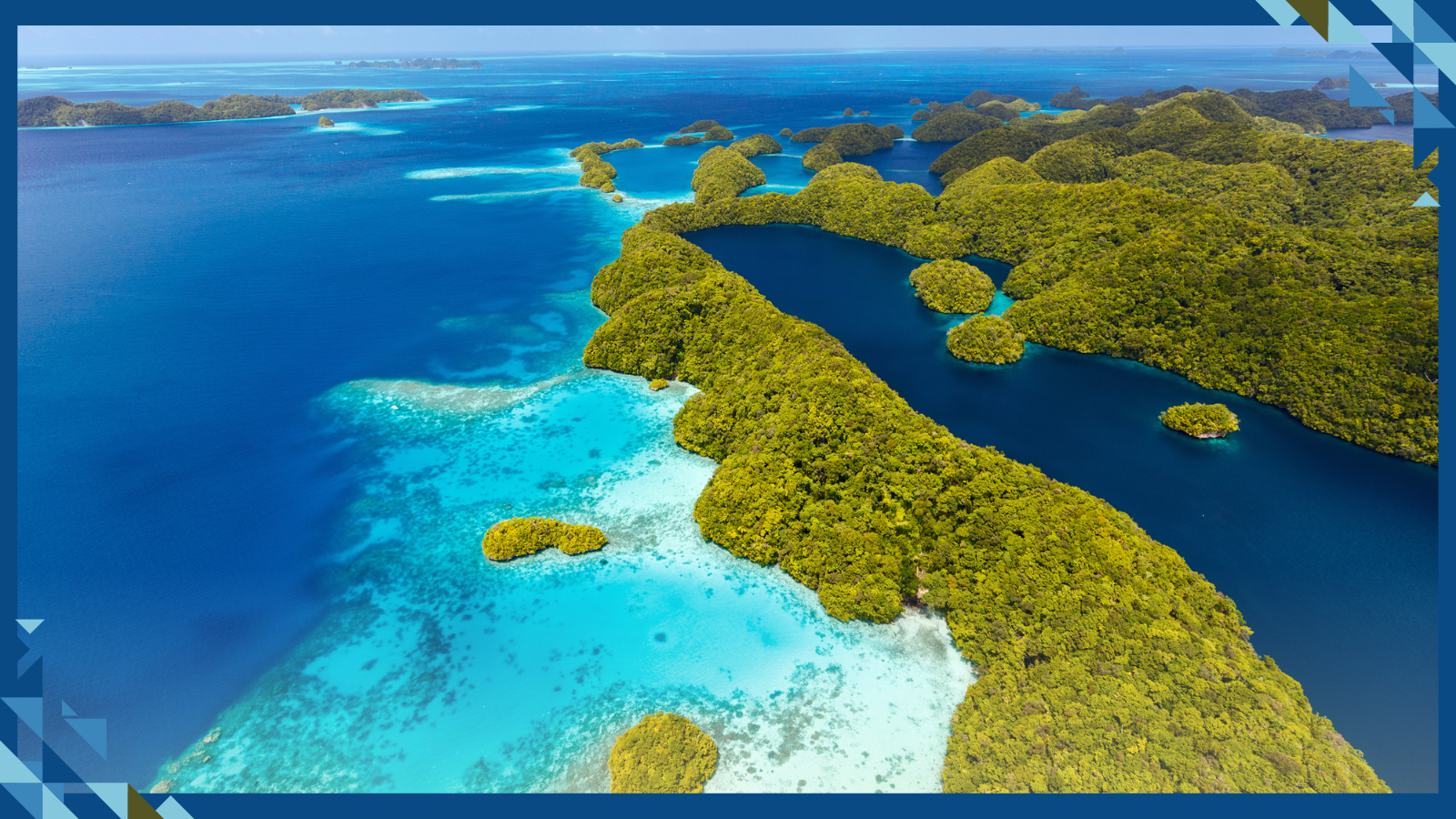Written by: Elizabeth Claire Alberts
Palau has become the first nation to ratify the high seas treaty, a legally binding international agreement that seeks to protect and manage ocean areas beyond national jurisdiction. Other countries, including Chile and the Maldives, are engaged in their ratification processes, pushing the treaty closer to becoming international law.
The high seas treaty, also known as the BBNJ (biodiversity beyond national jurisdiction) agreement, will provide a legal framework for governing the high seas. This vast marine area covers two-thirds of the world’s oceans, but only 1 percent of it is currently protected. While there are many aspects of the treaty, three central components are a mandate to establish marine protected areas (MPAs) and other managed areas on the high seas, guidance on conducting environmental impacts and obligations for parties to share genetic material from any plant, animal or microbe that could benefit humanity.
The establishment of the high seas treaty has been under debate for nearly two decades, but U.N. member states finally reached a consensus to approve the treaty in March 2023. Then, in September, it opened for state signatures. As of this month, 85 countries have signed the agreement.
The next step is for signatories to ratify the treaty. This involves individual countries integrating the treaty goals into their national legislation, then depositing the instrument of ratification with the U.N. as a way of informing other parties. Once 60 countries have ratified the agreement, it will take effect.
On Jan. 22, the U.N. announced that Palau had ratified the high seas agreement. Previously, Palau had been among the first nations to sign the treaty at the U.N. General Assembly in September 2023.
“We’re an ocean country,” Ilana Seid, the permanent representative of Palau to the U.N., stated. “The ocean drives significant parts of our GDP, and we think that ocean governance needs to be thought of as a whole. We’ve passed a lot of very ambitious ocean legislation in our own country, but unless there’s an overarching treaty for how we treat the high seas, a lot of the domestic work is ineffective.”
In 2015, Palau approved the Palau National Marine Sanctuary Act, which established 80 percent of its exclusive economic zone (EEZ) as a fully protected MPA, in which extractive activities such as fishing and mining would be prohibited. The nation currently has the highest percentage of its EEZ fully protected and ranks fifth in the world for the total area that’s fully protected: 477,418 square kilometers (184,332 square miles).
Seid said the treaty will be an “important piece of the puzzle” in protecting the high seas against threats like deep-sea mining, a controversial activity that could begin in the near future. In June 2022, Palau announced its support for a moratorium against deep-sea mining and established an alliance of nations taking the same stance.
The International Seabed Authority (ISA) is the U.N.-mandated body governing deep-sea mining activities. While the high seas treaty likely wouldn’t stop deep-sea mining activities in international waters, it would create legal rules constraining several processes. For instance, it would call for increased transparency in environmental impact assessments for prospective mining activities on the high seas. It would also demand cooperation between the ISA and parties to the high seas treaty in establishing any new MPAs on the high seas.
“We’re constantly trying to advocate in the international community that the ocean doesn’t have borders, and we have to treat it as a collective whole,” Seid said, “and we have to come up with policies that don’t violate one another.”
Rebecca Hubbard, director of the High Seas Alliance, a coalition of organizations working to protect the high seas, said she wasn’t surprised to learn that Palau was the first nation to ratify the treaty.
“Palau has been a champion of the High Seas Treaty and active in the global movement to improve protection of the ocean and halt the climate crisis,” Hubbard stated in an email.
Other nations are on the cusp of ratifying the treaty. On Jan. 16, the Chilean Senate unanimously voted to ratify the treaty, and the president is expected to sign and deposit the instrument of ratification soon, finalizing the process. The Maldives are also preparing to ratify the treaty, according to Hubbard.
While many more countries still need to ratify the agreement for it to become international law, Hubbard said she is “confident that at least 60 countries will ratify the treaty by June 2025,” when the next U.N. Ocean Conference will take place in Nice, France.
“The High Seas Treaty really has strong support from many countries in all of the regions across the globe,” Hubbard said. “This commitment to better protecting the extraordinary wealth of marine life out there, as well as better managing access to its benefits, for all people, is really heartening.”
This article originally appeared on Mongabay







